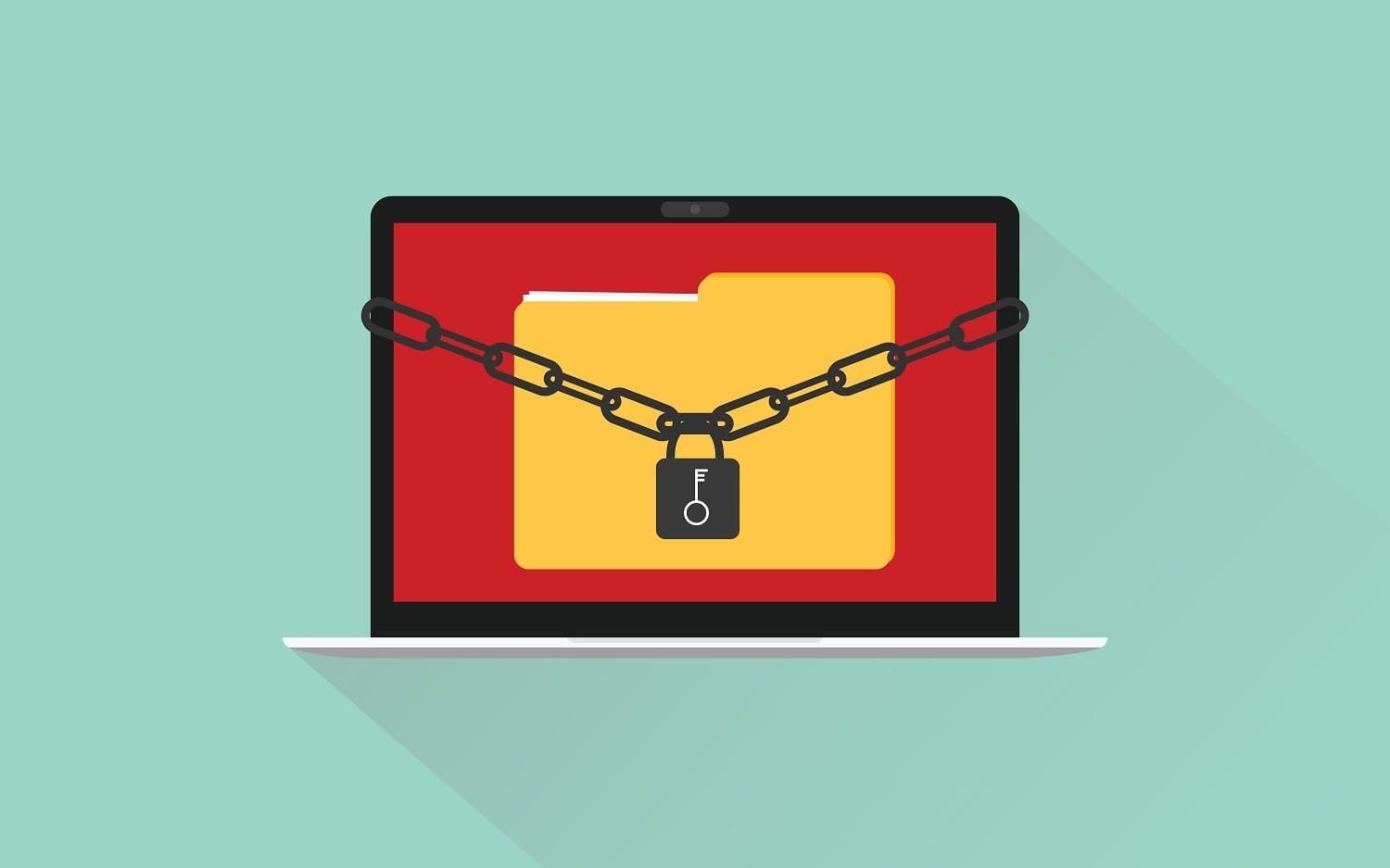A ransomware attack can wreak havoc on an entire network and disrupt productivity. Fortunately, if you’re properly prepared, you can minimize the impact and reclaim valuable data.
Ransomware attacks are becoming increasingly commonplace, with threat actors leveraging malware for monetary gain. Attackers typically target businesses for a few reasons. Attackers use phishing emails to lure victims into clicking malicious downloads and installing the malware. Ransomware scans for devices to infect, encrypting files and blocking access to systems and data.
What is a Ransomware Attack?
An instance of malware known as ransomware restricts users from accessing their operating systems or data unless a specified sum of money (often in the form of a cryptocurrency) is paid. Victims are typically shown a notification on their screen that outlines how to make the ransom payment within a specified timeframe, or their data will be lost forever. So what is ransomware based on? Ransomware attackers use phishing emails, social engineering, and other methods to trick victims into downloading the malware via malicious attachments or clicking on fake ads. It allows the malware to gain a foothold on the endpoint and exploit device or system vulnerabilities to search for and encrypt valuable files. Depending on the variant, it may also find opportunities to spread to other systems and devices across the network. When a victim’s data is encrypted, they are told to follow the instructions on a ransom note that explain how to pay the attacker – usually in cryptocurrency. However, the decryption key is not always provided even after the victims have paid the ransom. The attacks often target industries with valuable information. They are easy targets because employees there lack cybersecurity awareness and because they manage large amounts of sensitive financial or personal data that can be sold. Attackers often threaten to publish a victim’s information to make them more likely to pay the ransom.
How Does a Ransomware Attack Work?
Once ransomware has infected a system, the malware typically encrypts all or some of the victim’s files. It means the files are inaccessible and can’t be recovered without the attacker’s decryption key. Attackers display a message on the computer that says their system has been compromised and provides instructions on paying a cryptocurrency fee to get the decryption key back. Cybercriminals often request payment in Bitcoin because cybersecurity researchers and law enforcement agencies can’t trace them. Ransomware usually spreads through phishing email attachments or through drive-by downloads. However, newer malware versions may also use “living off the grid” methods to infect computers, such as exploiting vulnerabilities in outdated Web servers.
Attackers choose their targets based on several factors, including the relative likelihood that the victims will pay. For example, hospitals and other medical organizations are tempting targets because attacks against these organizations often result in the loss of patient data and can profoundly impact healthcare operations. Attackers also target legal firms and other organizations that handle sensitive information because they’re more likely to pay a ransom to keep the attack quiet. In addition, home users are a favorite target for ransomware attacks because they don’t have the resources to pay the demanded ransom or keep their systems updated with the latest cybersecurity solutions from Firewall technology like Fortinet. These unprotected systems are also easier to infect and manipulate because they don’t have the layered security protections that larger enterprises have.
What Could You Do to Stop a Ransomware Attack?
The first step to prevent a ransomware attack is keeping operating systems updated. It will reduce the number of vulnerabilities attackers can exploit. It’s also important to have antivirus software and whitelisting tools installed, which will prevent malicious programs from executing in the first place. Once the malware infects a device or system, it searches for and encrypts valuable files. These encrypted files can only be decrypted with a mathematical key known to the attacker. The attacker then presents the victim with a notice that outlines how much they want in exchange for the key. Threat actors often target organizations because they know they’re more likely to pay the ransom. Ransomware attacks can wreak havoc across an entire enterprise, including networks, servers, cloud-based file-sharing systems, and physical infrastructure. Isolating infected devices as soon as they are discovered is the greatest method to reduce the harm a ransomware assault causes. Disconnecting infected devices from the internet, network, and other devices will help stop ransomware spread. Additionally, companies should always have backups of all critical data. It can be especially helpful in preventing downtime during an attack.
How Can a Ransomware Attack Be Recovered From?
The greatest defense against ransomware is maintaining backup copies of crucial data and using the most recent security updates. It will prevent attackers from encrypting and locking files on your system in the first place. Another effective defense is to use a cybersecurity solution that monitors network activity and prevents the malware from communicating with Command & Control centers. It can limit the damage of an attack and the amount of data that must be paid if it succeeds. If an infection occurs, isolating and quarantining infected machines from other devices on the network is critical. It can stop ransomware from spreading to other machines and ensure that any affected machines cannot access important business files.
In many cases, a victim will be notified on their computer’s screen that their files have been encrypted and must be paid within a certain period. It is referred to as a ransomware lock screen or extortion message. Inadvisable to pay the ransom. It is because the attackers may not decrypt the files, and paying will not guarantee they won’t attack again. Suppose a computer does become infected with ransomware. In such a case, speaking with a digital forensics expert is advisable to determine whether decryptor tools are available for that specific virus strain. Depending on the variant, it may be possible to restore files from backups without paying a ransom.



